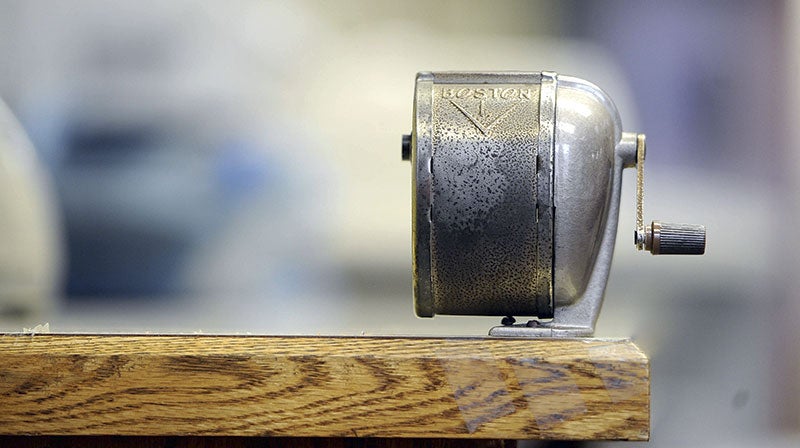Others’ Opinion: Change the state’s rural-vs.-metro mentality
Published 9:45 am Wednesday, January 28, 2015
Even though it’s early in the 2015 legislative session, it’s interesting to see so much attention being paid to rural Minnesota — also known as outstate Minnesota.
The question will be whether all that attention can yield the complex answers needed to tackle the immense variety of challenges spread across rural/outstate Minnesota.
Quite honestly, it’s hard to imagine such cooperation suddenly emerging given the variety of challenges statewide and the partisanship that too often dominates Minnesota’s legislative environment. But it would be great to be proven wrong!
Drop the labels
A good starting point at the Capitol would be to stop splitting Minnesota into two parts — the Twin Cities and rural/outstate Minnesota.
Just as there are differences between downtown Minneapolis, suburban Wayzata and exurban Albertville, there are differences between Ada in the northwest, Slayton in the southwest, Gilbert on the Iron Range and El Rosa in the heart of Central Minnesota.
Similarly, regional centers such as Moorhead, Rochester, Duluth and — yes — St. Cloud face unique challenges. And what about tourism draws like Ely, Grand Marais and Stillwater?
Legislators who are serious about crafting policies to help constituents must resist the temptation to talk as if there is a singular solution for “rural Minnesota.” Instead, they must address commonalities and then hear with open minds solutions tailored to specific regions or communities.
Ultimately, they must strive for fairness, not necessarily equality. Yes, there is a difference. (And, yes, it can be an incredibly elusive balance to strike.)
Accept and adjust
Finally, all Minnesotans (not just legislators) will better serve themselves and each other if we can accept that there are regional differences even public policies cannot change.
A few positive examples: The Twin Cities will always be the heart of the state’s economic engine so it will obviously attract the most workers — just as Lake Superior draws the most tourists and the Mayo Clinic so much prestige to Rochester.
A few challenging examples: Changes in farming have spurred massive change in southern and southwestern Minnesota. And mining has undeniably altered the Iron Range.
Still, to make the most of potential opportunities, Minnesota will be best served if residents foster cooperation among differing regions instead of taking a rural-vs.-urban mindset, especially at the Capitol.
The St. Cloud Times
Distributed by Tribune Content Agency


